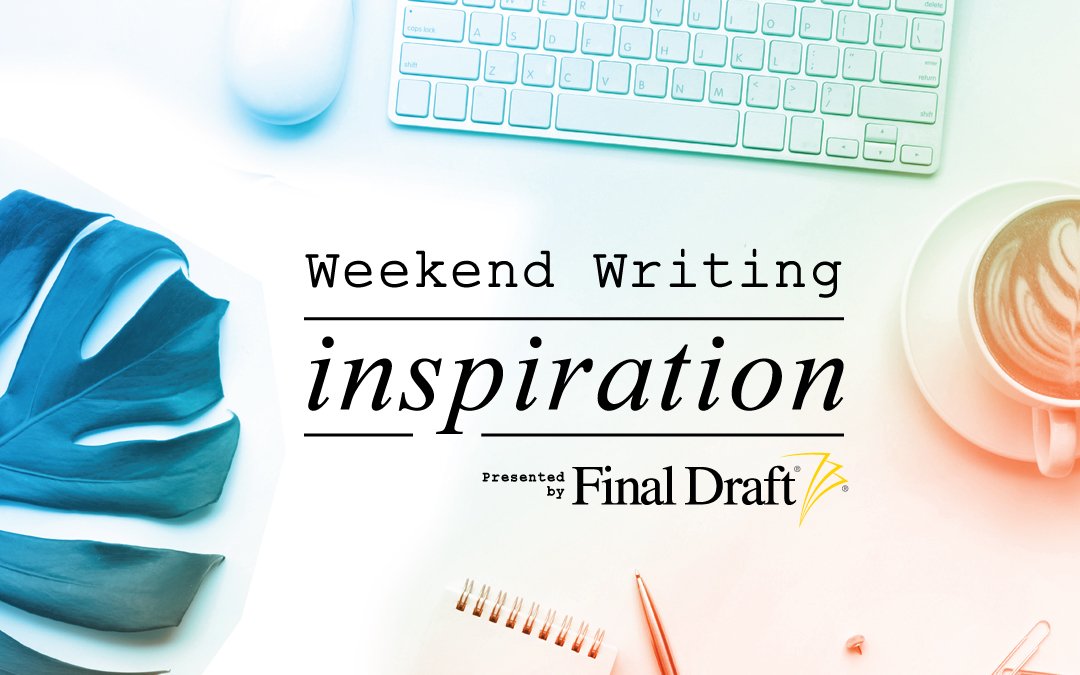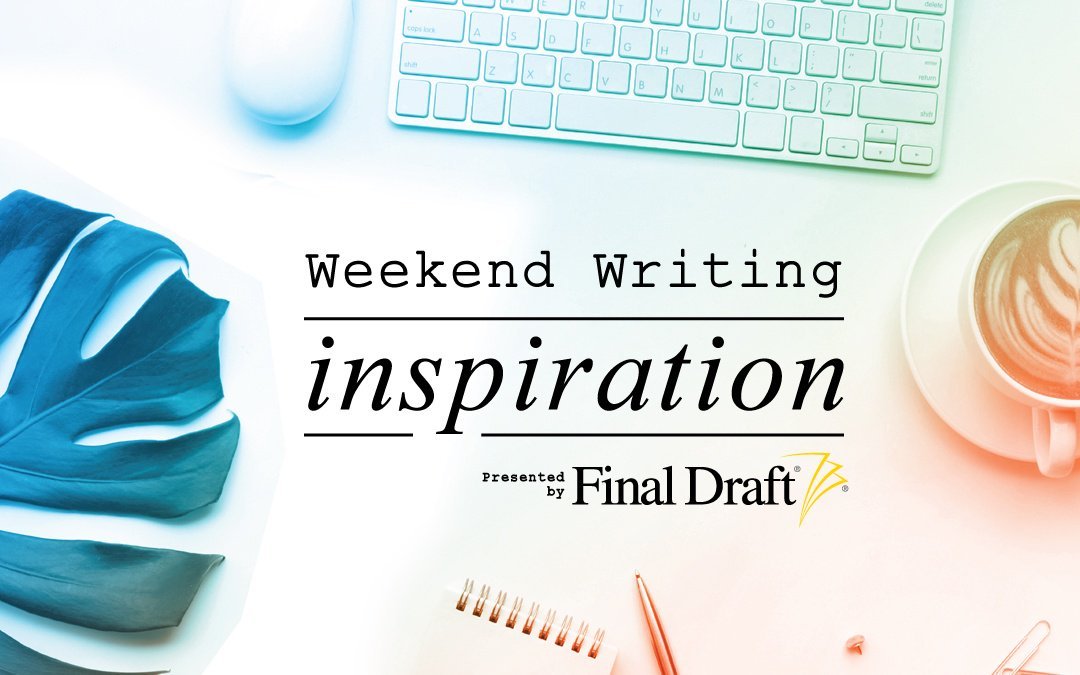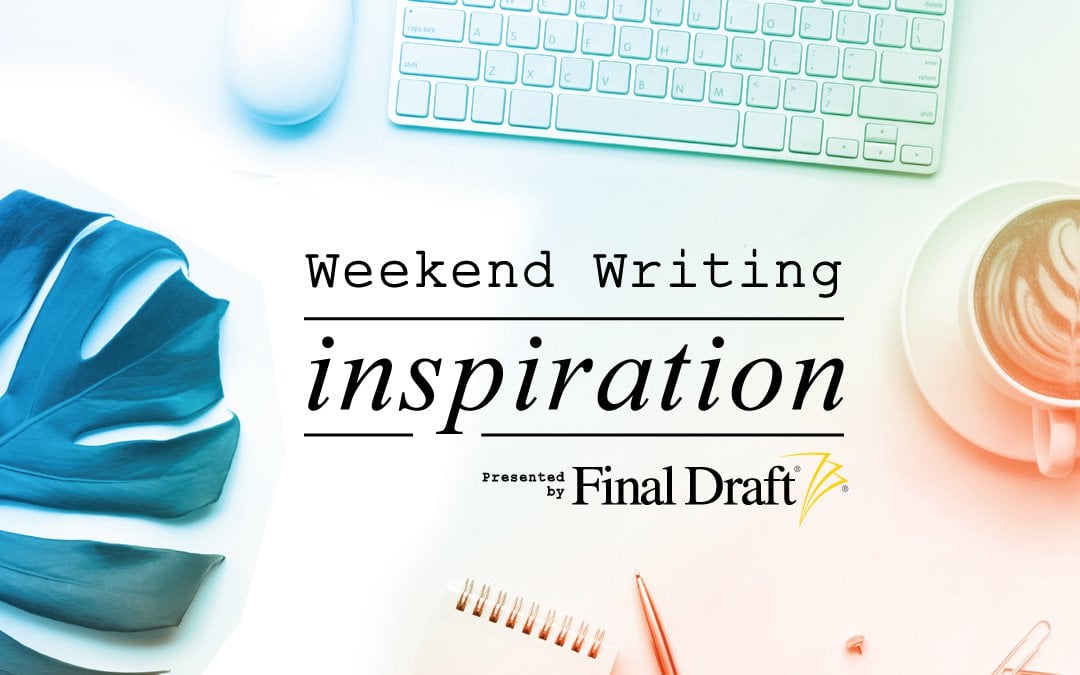Weekend Writing Inspiration: 5 Ways You Can Tell It’s Time To Stop Developing & Start Writing Pages
May 1, 2020
When is it time to stop developing your story and start writing actual pages? If you’re a writer who plots, plans and designs your scripts in advance, at some point you may ask yourself, “How do I know when I’m ready to start writing?”
Though there’s no one right answer to this question, here are five different ways to help you decide it’s the right time for you to start writing.
- Know your own development personality
First, it helps to know where your own development pitfalls lie. If you’re someone with perfectionist tendencies, you’re likely to fall into an endless development cycle and may struggle with moving into actually putting words on the page.
Try this: Start writing before you feel ready, while also aiming to strike a balance between developing just enough, but not so much you that start to feel paralyzed or that you have to know everything.
On the other hand, if you’re someone who tends to rush ahead and ends up lost mid-story, writes pages and pages that ultimately get cut, or find yourself floundering mid-draft to solve unexpected story problems, you may want to consider developing your ideas more thoroughly before you begin.
Try this: Take a more thorough approach and spend longer on story development than you otherwise might or feel the need to. You never know what might come up for you in the process, and what issues could get solved before any crop up in your actual draft.
- Use a (customized!) story development checklist
As you write (and revise) script after script, you’ll develop your own story development process. You can “codify” your process by making a checklist of the story elements you want solved before you begin writing. Even if your list is a generic compilation of “standard” story development methods, with each script you write, you’ll discover new elements to add to the list that you wished you’d solved before starting, so you know exactly what to target next time!
Your checklist might look something like:
- Title (even if it’s a “working” title)
- Logline
- Plot points
- Character goals, arcs, and traits
- Theme
- Genre expectations
- Scene outline
- Story timeline
- Backstory
When you’ve ticked all the boxes on your checklist, you know it’s time to start writing pages.
- Rely on your intuition
Intuition is one of your best tools as a writer. Deep down, you’ll know if you’re stalling or rushing ahead. As I’ve noted, some writers stay in development mode far longer than needed. Others know there are big gaps or holes in their plot or character motivations, but feel so pressured to be writing actual pages for one reason or other that they start well before they’re truly ready. We’re looking for your personal Goldilocks zone here, and your intuition will help you get there.
In a quiet moment, ask yourself, “Am I ready to write pages? Is there anything else I need to know or do I know enough—for now?”
Write out your answers in your journal, talk them out with a trusted writer pal or mentor, or reflect on your own. Listen to what your inner voice has to say about whether or not you’re ready to write, and trust it.
- Write lightning drafts
Lightning drafts can be a “best of both worlds” answer to the question of when to stop developing and start writing, because they allow you to play with both at once.
Lightning drafts, also called intuitive drafts, discovery drafts, or even “vomit” drafts, involve getting down a fast draft of your story with little, if any, development in advance, usually over a short period of time (think days or weeks). They’re a potent way of accessing character personality, unexpected story twists, new characters, and unique dialogue—plus you get the delight of putting words on a real page. Then you can plan and re-write a “real” first draft.
Here’s why this doesn’t work for some writers: Lightning drafts tend to be messy and unstructured, and can become overwhelming if treated like a first draft that requires extensive revision. A workaround is to think of a lightning draft as source of material that you can lift into your story development work or pull forward into a structured first draft. But if you’re a writer who gets frustrated by “wasted” writing, this may not be the method for you.
- Pass the pitch test
Another means of deciding whether or not you’re ready to write pages is by pitching your story to a writer friend, colleague or mentor. If your pitch “lands” well with your listener, there’s a clue you’ve got something you’re ready to run with, because a solid pitch usually rests on the shoulders of a well-developed story.
This isn’t to say undeveloped stories aren’t pitched and sold, but rather that you can use your ability to pitch the story as a way to help yourself discover if you’ve created a tellable story and you’re ready to write, or if it’s time to spend a little longer at the drawing board.
***
Your weekend writer’s assignment
This weekend, reflect on how much time you tend to spend on story development. Are you staying too long in development mode, or skipping ahead too quickly? How might you adjust your process to makes the most of your development work, while also streamlining how quickly you get to scriptwriting?
Now’s also a good time to start that checklist of story elements you want to have figured out before you start writing. Or even jump right into a lightning draft and see what happens. Then, when you’re ready, check out When Is My Script Ready to Send Out?
Written by: Jenna Avery
Jenna Avery is a screenwriter who specializes in sci-fi action and space fantasy, and her most recent project is a post-apocalyptic coming-of-age story for a Canadian producer-director. Jenna is also a writing coach and the founder of Called to Write, where she has helped hundreds of writers overcome procrastination, perfectionism, and resistance so they can get their writing onto the page and into the world where it belongs. Jenna writes about writing and fulfilling your creative calling at calledtowrite.com, writes for ScriptMag and Final Draft, and teaches at Script University. Download Jenna’s free guidebooks for writers, including “How to Choose Your Next Book (or Script!)” when you join her mailing list at https://www.calledtowrite.com/mailing-list- Topics:
- Discussing TV & Film




